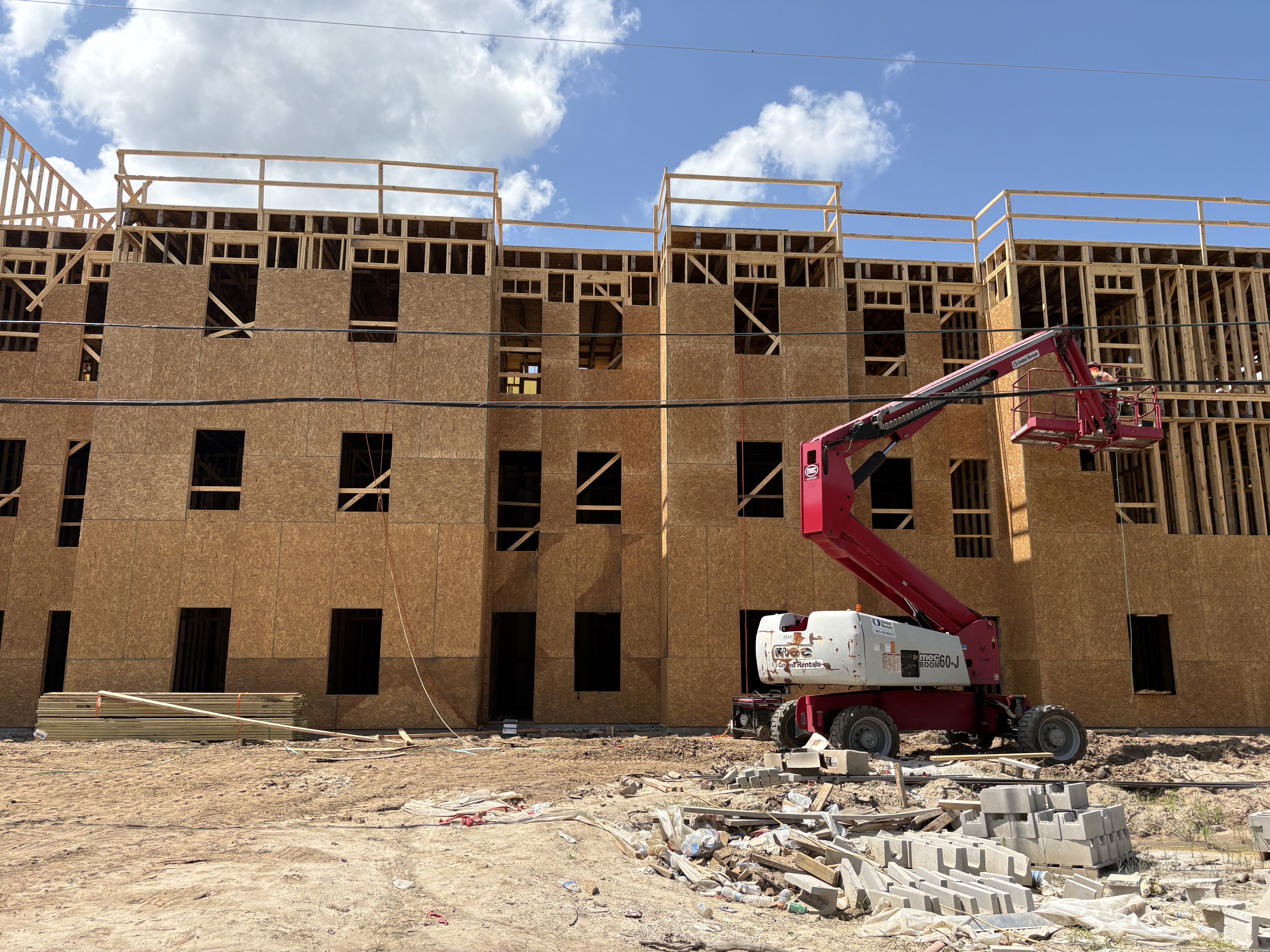School grades: Two up, two down
Published 1:11 pm Thursday, July 10, 2008
Even though it dropped from an A to a C by state standards, Branford Elementary was the only county school to meet federal guidelines for 2007-08, according to reports released Tuesday by the Florida Department of Education.
Suwannee Intermediate also lost ground under Florida’s A+ Plan, falling from a B to a C, while Suwannee Middle and Branford High schools improved. SMS rose from a C to a B and BHS from a B to an A. Suwannee high remained a C school for 2007-08.
Suwannee County schools fared worse by federal standards, however. Only BES made Adequate Yearly Progress (AYP), the standard by which progress is measured under the No Child Left Behind Act. Under the A+ Plan, grades are based almost exclusively on student performance on the Florida Comprehensive Assessment Test. AYP, however, measures the progress of minority and economically disadvantaged students. BES did not make AYP last year even though it earned an A under state guidelines.
Superintendent of schools Walter Boatright said lack of experience is to blame for the C grade at BES.
“BES had several very experienced and accomplished teachers retire last year or move to schools closer to their homes in neighboring districts,” Boatright said in an email message. “The new teachers are working hard to learn all there is to know about teaching the state’s new standards and preparing students for the high-stakes testing that contributes to our school grades and AYP status.”
BES also saw administrative changes last year.
Boatright said the district has received several grants it will use to help new teachers gain the expertise they need to make BES an A school again.
School board member Jerry Taylor agreed with Boatright, but noted that the system must better learn how to reach out to minority and economically disadvantaged students before schools can improve.
“If you can’t bridge that gap then you will have problems,” he said.
Taylor believes the grant money will help educators learn how to reach those groups and close the gap.
“Obviously we are not where we want to be yet, but we have made progress,” he said.
The No Child Left Behind Act requires states to evaluate the performance of all students in all public schools in order to determine whether schools, school districts, and the state have made adequate yearly progress. When a school does not make AYP it does not mean the school is failing, just that the school “has not met a certain standard for at least one group of students.” The measures are reading, math, writing, graduation rate and if the school tested enough students in each group.





